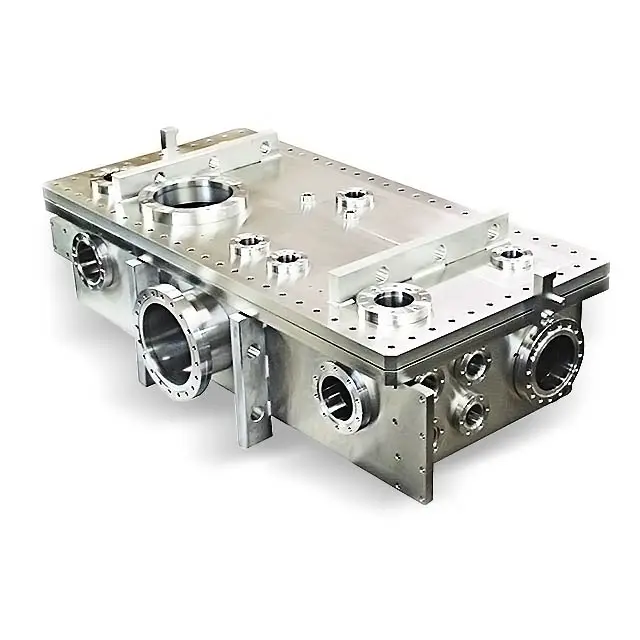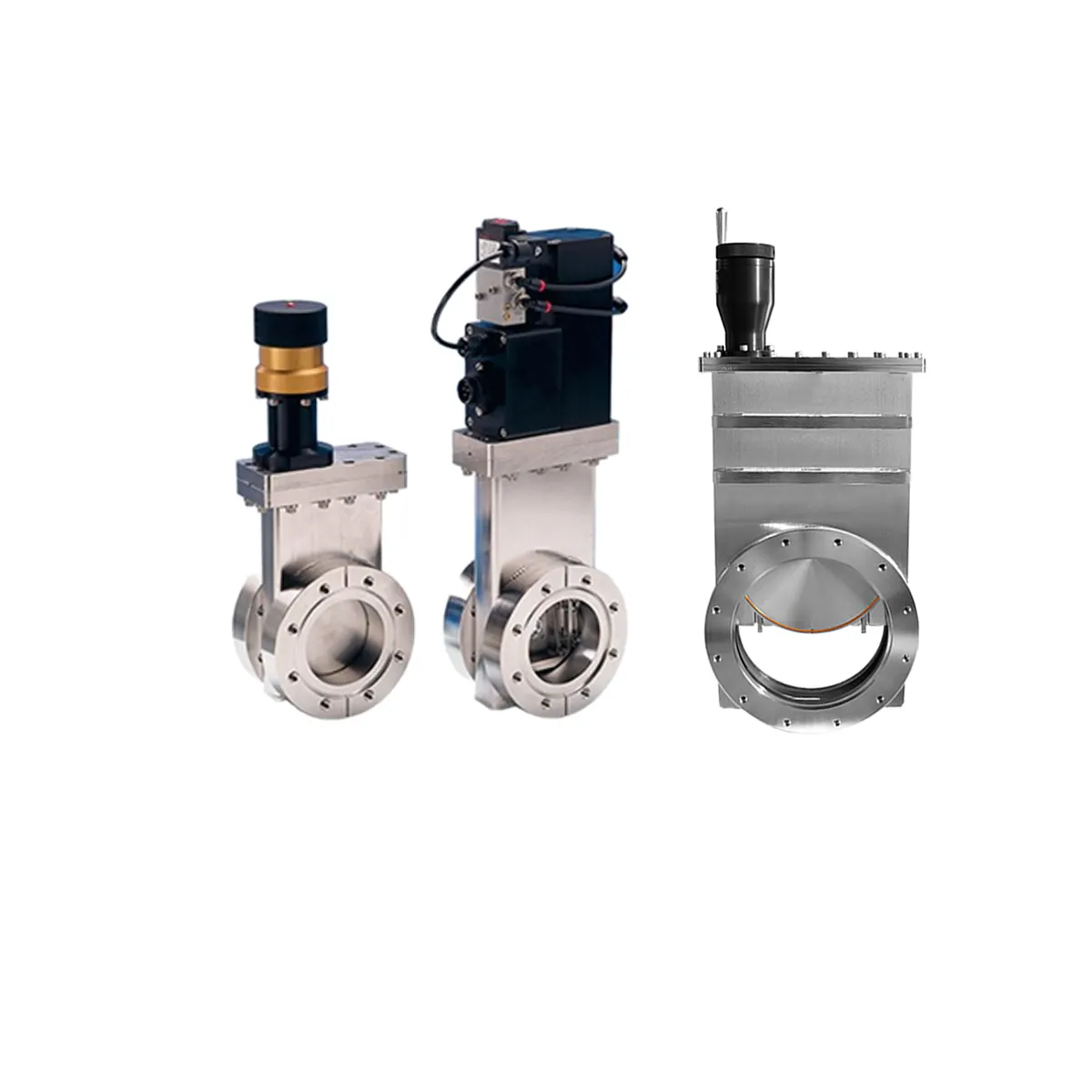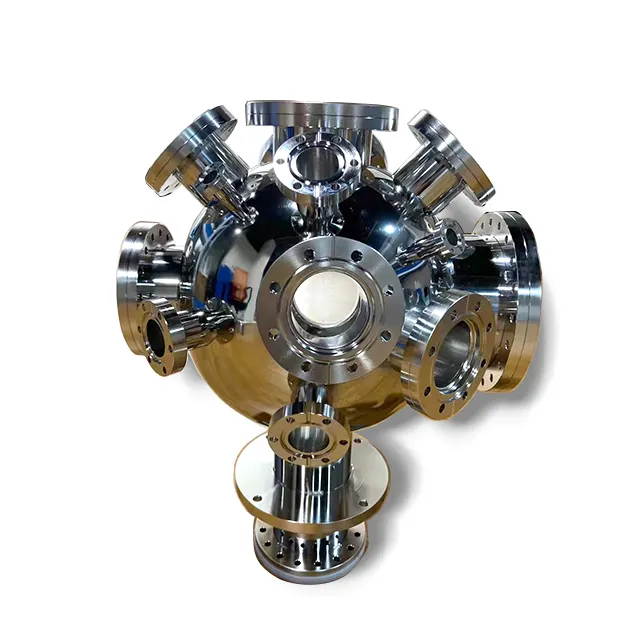degassing chamber
A degassing chamber is a sophisticated piece of equipment designed to remove unwanted gases and bubbles from various liquid materials. This essential device operates by creating a vacuum environment that effectively extracts dissolved gases, air bubbles, and volatile compounds from liquids, ensuring optimal product quality and consistency. The chamber typically consists of a sealed container connected to a vacuum pump system, pressure gauges, and control mechanisms that regulate the degassing process. Modern degassing chambers incorporate advanced features such as digital pressure monitoring, automated cycle controls, and temperature regulation capabilities. These systems find widespread applications across multiple industries, including resin manufacturing, adhesive production, coating processes, and laboratory research. The technology employs precise vacuum control to lower the pressure inside the chamber, causing dissolved gases to separate from the liquid and rise to the surface for removal. This process is particularly crucial in applications requiring bubble-free materials, such as in electronics manufacturing, optical coating, and high-precision molding operations. The chamber's design often includes transparent viewing windows for process monitoring, adjustable vacuum levels for different material requirements, and easy-access ports for material handling.


